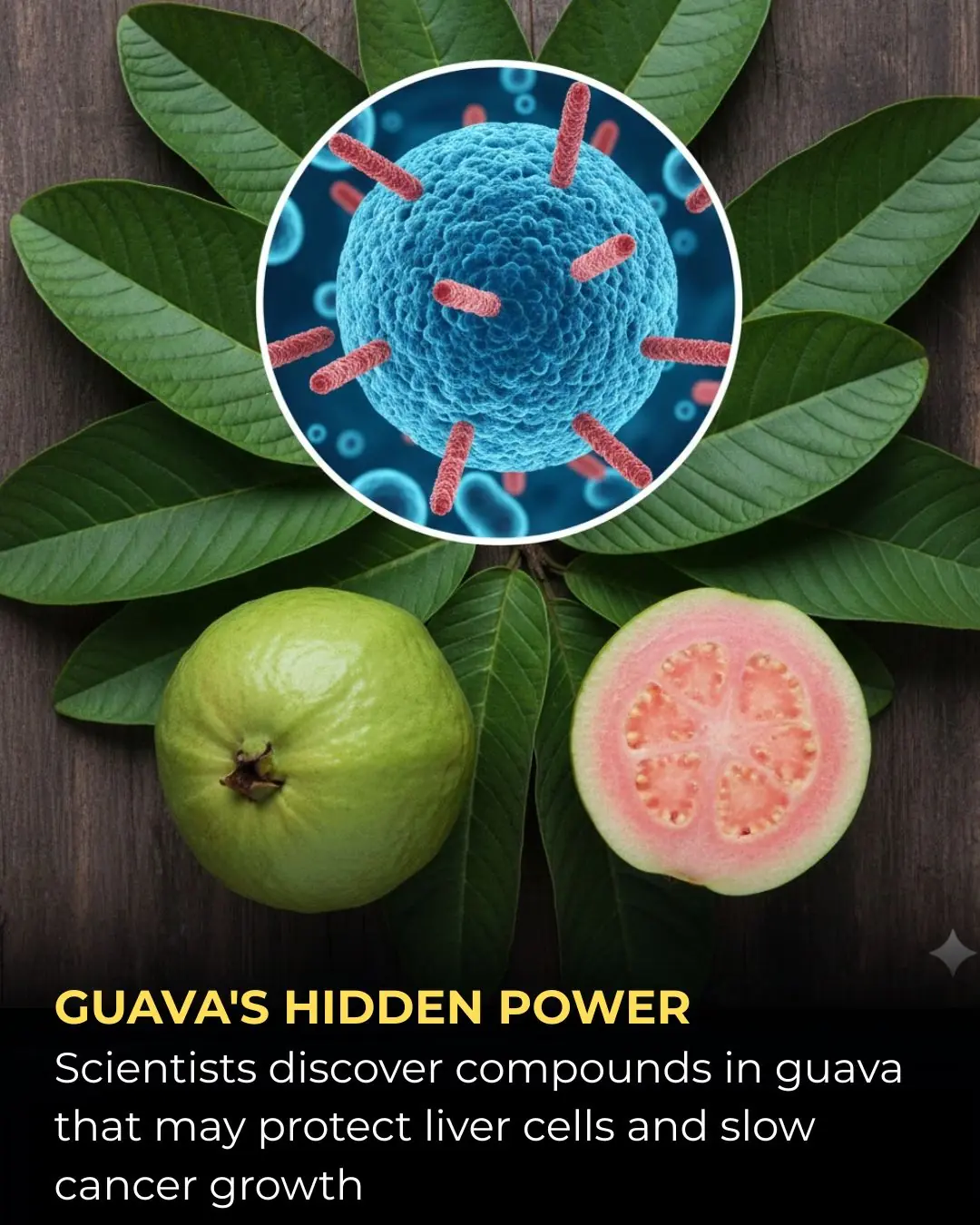
What Happens to Your Body When You Eat Canned Tuna Every Day

What Really Happens to Your Body When You Eat Canned Tuna Every Day
Canned tuna is a pantry staple for a reason — it’s inexpensive, long-lasting, and packed with high-quality nutrients. Whether you toss it into a salad, mix it into pasta, or eat it straight from the can, tuna offers a quick protein boost and a range of health benefits.
However, making it a daily habit can also come with drawbacks that are easy to overlook. Understanding both sides can help you enjoy tuna safely and avoid unexpected health risks.
Below is a deeper look at what actually happens inside your body when you eat canned tuna every day — the benefits, the concerns, and how to strike a healthy balance.
1. A Steady Source of High-Quality Protein
Canned tuna is one of the most protein-dense foods you can buy on a budget. Protein is essential for:
-
Muscle repair and growth
-
Immune defense
-
Hormone production
-
Tissue and cell maintenance
A typical 100-gram serving delivers roughly 25 grams of lean protein, giving you nearly half of your daily requirement in just one meal.
Eating tuna regularly can help preserve muscle mass, especially if you work out, are recovering from illness, or are trying to lose weight while maintaining strength. The convenience factor also makes it easier to meet your daily protein goals without added fats or carbs.
2. Omega-3 Fatty Acids That Support Heart and Brain Health
Tuna is naturally rich in omega-3 fatty acids — essential fats your body cannot produce on its own. These healthy fats help:
-
Lower inflammation
-
Reduce triglycerides
-
Improve blood circulation
-
Support brain health, memory, and concentration
-
Lower overall risk of heart disease
Including tuna in your diet can contribute to a healthier cardiovascular system and steadier cognitive function. However, even with these benefits, daily consumption should be approached with caution due to mercury accumulation, which can counteract some of these advantages in the long run.
3. A Significant Boost of Vitamins and Minerals
Canned tuna contains several key nutrients your body relies on every day:
-
Vitamin D — strengthens bones, regulates mood, and boosts immune defense
-
Vitamin B12 — vital for nerve health, DNA production, and red blood cell formation
-
Selenium — acts as a powerful antioxidant that protects cells from oxidative damage
These micronutrients support metabolism, energy production, and overall vitality. Tuna can be especially helpful for people who don’t get enough vitamin D or B12 from other food sources.
4. Mercury Exposure: The Most Serious Risk
The biggest downside of eating tuna daily is mercury accumulation. Tuna sits higher on the food chain, meaning it absorbs more mercury from the ocean over time.
Larger species — like albacore and yellowfin — tend to contain higher levels than smaller varieties like skipjack.
Long-term mercury exposure can contribute to:
-
Cognitive impairment
-
Neurological symptoms
-
Vision changes
-
Developmental problems in children
-
Increased risk during pregnancy
FDA guidelines recommend eating tuna only 2–3 times per week to stay within safe mercury limits. Daily consumption can easily surpass these recommendations, especially if you eat high-mercury varieties.
5. High Sodium Levels Can Add Up Quickly
Many canned tuna products — especially those packed in brine — contain elevated sodium levels. Too much sodium may:
-
Raise blood pressure
-
Increase fluid retention
-
Elevate the risk of heart disease
If you regularly rely on canned foods, your sodium intake can climb fast without you realizing it.
Healthier choice: Choose tuna packed in water and marked low-sodium, which significantly reduces salt intake and supports cardiovascular health.
6. BPA Exposure From Can Linings
Some tuna cans use linings that contain Bisphenol A (BPA), a chemical linked to:
-
Hormonal imbalance
-
Fertility issues
-
Potential increased cancer risk
Although many companies have shifted to BPA-free packaging, not all brands have made the switch. Reading the label is the best way to minimize exposure.
7. Additional Concerns with Canned Foods
While canned tuna is nutritious, the canning process and packaging introduce a few extra considerations:
-
Preservatives and additives: Some varieties contain flavor enhancers, oils, or stabilizers that increase calories and affect health when eaten frequently.
-
Heat processing: The high heat used during canning can reduce certain sensitive vitamins, particularly some B vitamins.
-
Reduced freshness: Canned fish may not retain the same nutrient profile as fresh or frozen alternatives, especially if stored for long periods.
These issues don’t make tuna unhealthy — but they contribute to why variety is important.
How to Eat Canned Tuna Safely and Smartly
You can still enjoy tuna as part of a healthy diet. Just follow these simple strategies:
-
Rotate your protein sources. Mix tuna with chicken, eggs, beans, salmon, or tofu to reduce mercury exposure.
-
Choose water-packed, low-sodium cans. Better for heart health and easier to season yourself.
-
Stick to 2–3 servings per week. This aligns with FDA safety recommendations.
-
Pick BPA-free brands. Look for labels advertising BPA-free packaging.
-
Prefer light tuna over albacore. Light tuna (usually skipjack) has significantly lower mercury levels.
The Bottom Line
Canned tuna is nutritious, versatile, and incredibly convenient — an excellent way to boost your protein and omega-3 intake without spending much money. But eating it every single day can carry risks, especially related to mercury accumulation, sodium intake, and BPA exposure.
Moderation is the key.
By choosing high-quality products and varying your protein sources, you can enjoy the many benefits of canned tuna while keeping potential risks well under control.
News in the same category


93% of people won’t do this yet it lowers blood pressure quickly

This Tropical Fruit Could Help Protect Your Liver and Fight Cancer

6 Foods You Absolutely Need To Avoid If You Suffer From a Thyroid Disorder

Top 5 drinks to INSTANTLY improve leg circulation and blood flow

This is why you have leg cramps at night and how to fix this problem

Is Your Blood Too Thick? How Poor Circulation Can Affect Your Entire Body

The Plant That Kills Cancer Cells, Stops Diabetes And Boosts Your Immune System!

7 powerful vitamins you need for strong, healthy legs

Why Boiled Eggs Deserve a Spot on Your Breakfast Table

What Happens to Your Body When You Eat Canned Tuna Every Day

2-Minute Painless Hair Removal: Natural At-Home Solution

Grounding with Trees: How Barefoot Earthing and Tree Energy Restore Your Natural Balance

10 signs you’re eating too much sugar

A Natural Drink That Helps Ease Knee Pain in Just 14 Days

Drink this daily to support cleaner arteries

If your eyes look like this, your liver’s in trouble

Stop Wasting Money on Pills — Try Chayote Instead! (Natural Remedy Guide)

Beetroot and Ginger: A Powerful Natural Duo for Whole-Body Wellness
News Post

Gentle Stretches to Relieve Sciatica Pain

Think Twice Before Putting Parchment Paper in the Oven

Georgia Teen Accepted to 53 Colleges With $1.8M in Scholarships, Inspired by Her Parents’ Legacy

‘Please Keep This’: Serena Williams’ Curve-Hugging Dress In New Photos Has Fans Saying She’s Entered Her ‘Bad Girl’ Era

‘Will They Affect the Flips?’: Simone Biles’ Hourglass Shape in New Video Has Fans Zooming In as They Patiently Await Her Olympic Return

106 & Park to Celebrate 25 Years With an Epic Reunion at the 2025 BET Awards

Sly Stone, Funk Pioneer of ‘Sly &The Family Stone,’ Has Joined the Ancestors

Debbie Allen To Receive Honorary Oscar at This Year’s Governors Awards

NFL Legend Walter Payton Posthumously Honored With Golden Diploma From Jackson State University

Tristan Mack Wilds and Greg Cally Announce Michael K. Williams Creative Fellowship to Honor the Late Actor’s Legacy

9 Black Sibling Groups That Redefined Soul Music

When your non-stick pan loses its coating, don’t throw it away—do this and it will look new again

How to make delicious and attractive steamed chicken with lotus leaves

Add this to crab soup, the crab fat will form large, beautiful blocks.

Stick a toothpick into a bottle of essential oil, a little trick to handle all troubles that everyone loves.

Tips for growing strawberries in pots to produce large, heavy fruits that the whole family will enjoy

What to do if food is too salty? 7 simple ways to fix salty food naturally

When buying ham, just look at this point to know immediately whether the seller put borax in it or not?

Super fast way to defrost meat in just 5 minutes, ensuring the meat is soft and delicious, without losing nutrients
